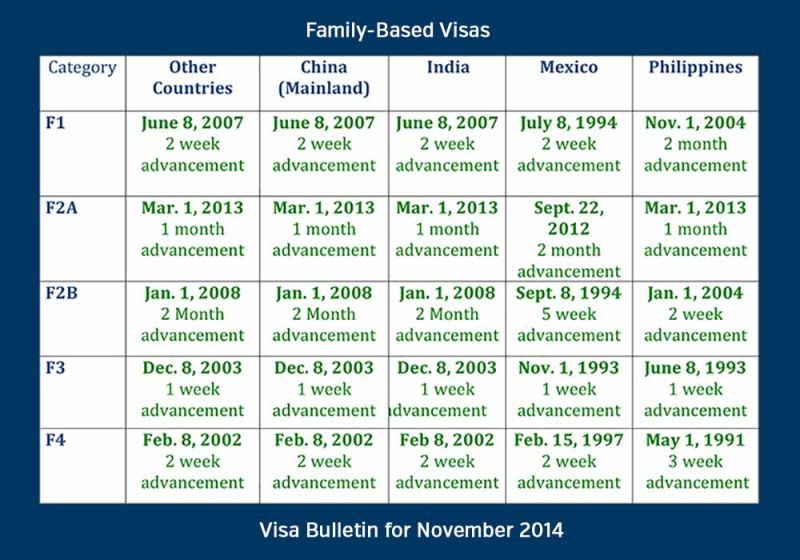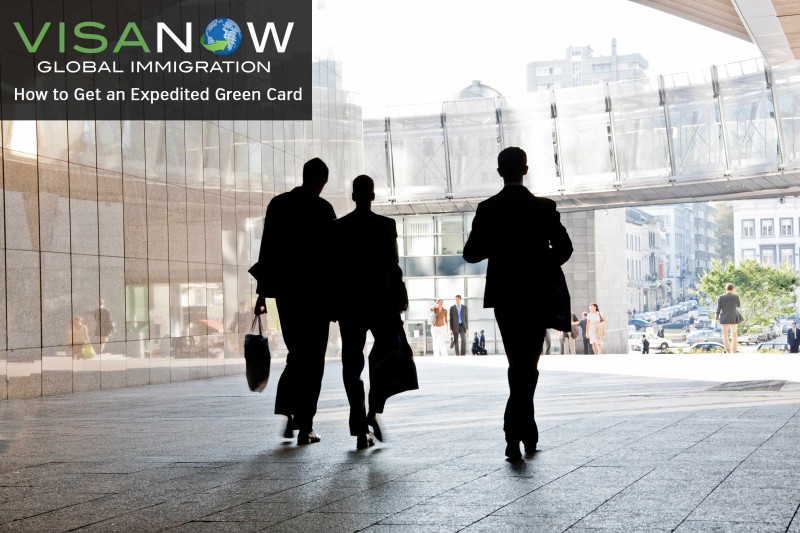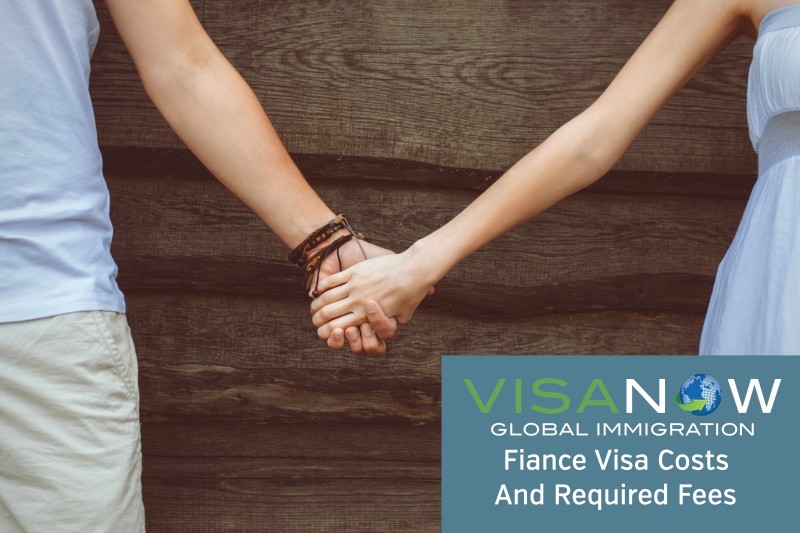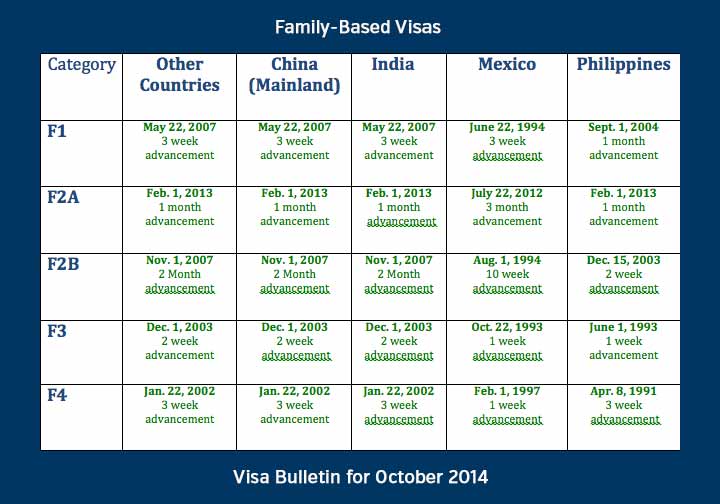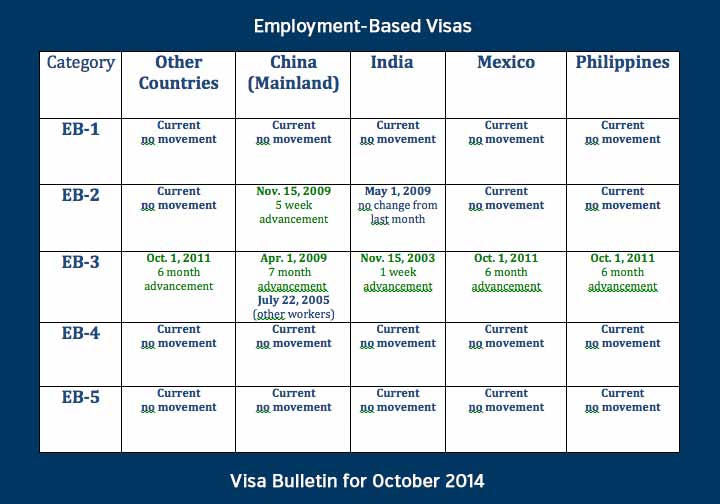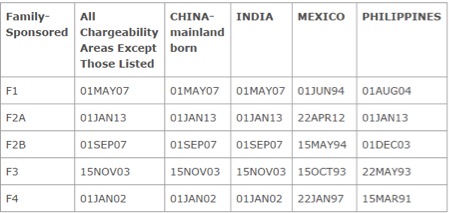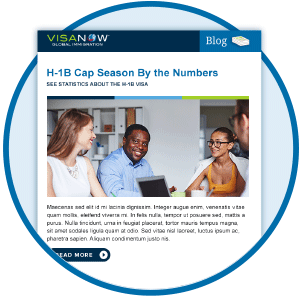By VISANOW Contributor|2015-12-21T11:17:46-06:00September 29, 2014|
Given that there are many different immigration visas with various requirements, it can be challenging to figure out how to get a work visa for the US.
Here is our list of 5 things you should know about how to get a work visa for the US.
- You will need a US employer to sponsor you.
In order to even start the work visa process, most work visas require a US employer to sponsor the work visa application. That means, in order to get an H-1B, L visa, or an O visa, you need to first apply for a job and be offered a position by a US employer before starting the visa process.
If you are interested in applying for a job, check out myvisajobs.com for positions and employers that are willing to sponsor work visas.
Only a few work visas allow you to apply for a work visa without a US employer in advance. Two examples of work visas that don’t require a US employer include the E-2 Investor visas and the EB-5 Investor Green cards. However, these visas do generally require a large investment and detailed business plans.
- Most US work visas are meant for higher skilled positions
By in large, US work visas are meant for positions that require at least a bachelor’s degree, multiple years of experience, or specialized skills and knowledge. These positions are usually in fields related to science, technology, engineering, or math.
If you do not meet those requirements getting a long term work visa may not be an option. Visas such as H-2A and H-2B are allotted for seasonal, temporary, lower skill, and agricultural positions. However, these visas are not permanent nor approved for long term employment.
- The employer will have to interview other U.S. citizens and legal permanent resident candidates
Since, the US government gives preference to citizens and residents, the employer must interview other candidates before filing an application for a foreign national. If the employer finds another applicant that is equally qualified, then the position must be offered to that applicant.
That means just having a friend or family member in the United States that wants to hire you is not enough. Not only will you have to prove that you have the knowledge and skills for the position, but the employer will have to prove that there is no one else that can fill that position.
- Think about first applying for an F-1 or J-1 visa
If you currently do not meet the requirements for a long term US work visa, you may want to think about going to school in the US or participating in an exchange program.
If you are interested in attending a college or university in the United States, you can apply for a F-1 student visa. Although it is a difficult visa to obtain, it can help you obtain the required skills for a U.S. work visa. In order to obtain this type of visa, you must first apply and gain admission to a US university degree program.
The US State Department has organized fantastic exchange programs in areas such as: internships, trainee programs, government visitor, Au Pair, camp counselor, physician, and many more. If you are interested in applying to an exchange program check out the programs and follow their instructions.
- Get an attorney
If you want to get a work visa for the US, make sure that you are work with a reputable attorney. Applying for a US work visa is a complicated process.
If your employer is inexperienced with the visa process or does not have an immigration attorney to prepare the work visa application, consider recommending VISANOW.
Want to recommend VISANOW to your employer? Go ahead and contact us today.




